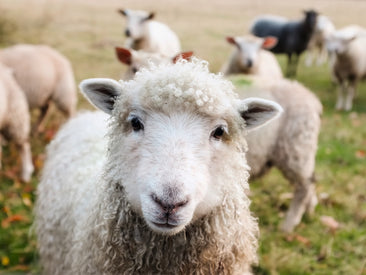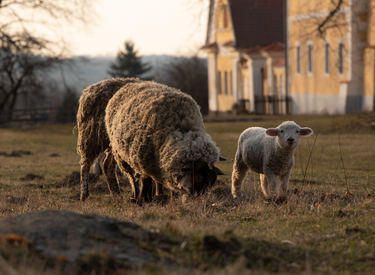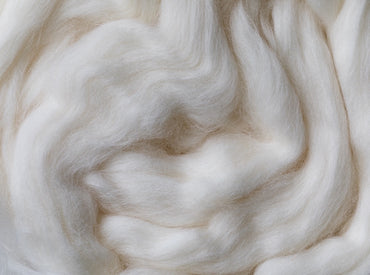Natural
Wool is a natural product that is shorn annually. It is naturally anti-microbial, wicks moisture, and regulates temperature - keeping you warm in winter and cool in summer.

When it comes to material selection for your child’s pillow, safety and quality are the most important factors to consider. Later in this article we’ll dig into other safety considerations as well (such as pillow size and firmness).
For materials, here’s a list of considerations:Most resources recommend that after 24 months it's safe to give your toddler a pillow. However, it's important to note that because of your toddlers unique development there may be variations in age when it's safe to give them a pillow.
It may be tempting to simply use one of the extra pillows in the closet. However because these pillows are sized for adults they could be dangerous for toddlers. Also note, if your toddler doesn’t need a pillow there is no reason you have to immediately introduce it into their bedroom.
Like we mentioned before, toddlers are not generally very clean people so you will likely need to clean their pillow at some point. Below we’ve explained how to clean a wool pillow, which as you might have guessed, is our favorite pillow material for a toddler. These instructions can be applied to most other pillow types in regards to cleaning.
There are a lot of factors to think about when choosing a pillow for a toddler with safety and comfort at the top. But also remember that it’s not necessary to get a pillow right away.
Another factor worth considering is getting a pillow that will last a while. We designed our toddler pillow to be durable so that when your toddler is all grown up that you can repurpose their pillow as a travel or camping pillow.

Wool is a natural product that is shorn annually. It is naturally anti-microbial, wicks moisture, and regulates temperature - keeping you warm in winter and cool in summer.

Wool is organic and completely biodegradable, making it an excellent material for sustainability.

Wool purifies the air by removing volatile organic compounds (VOCs) such as formaldehyde in the atmosphere.